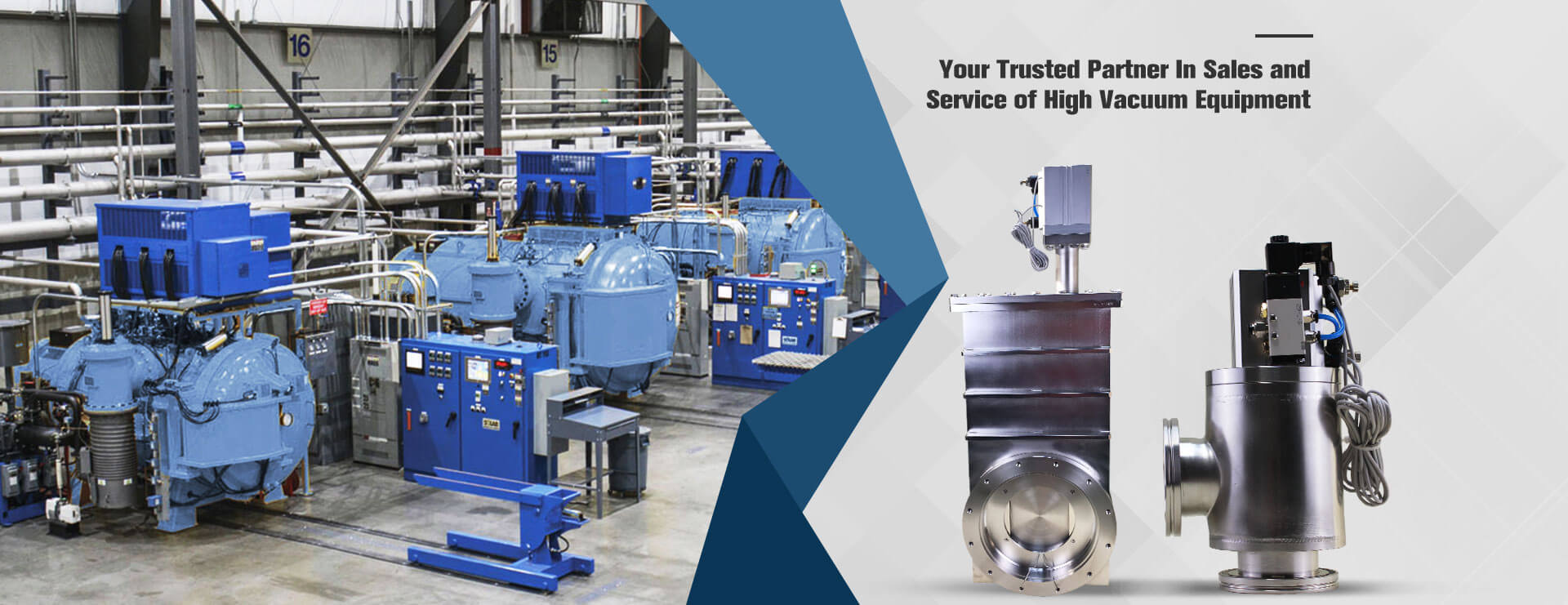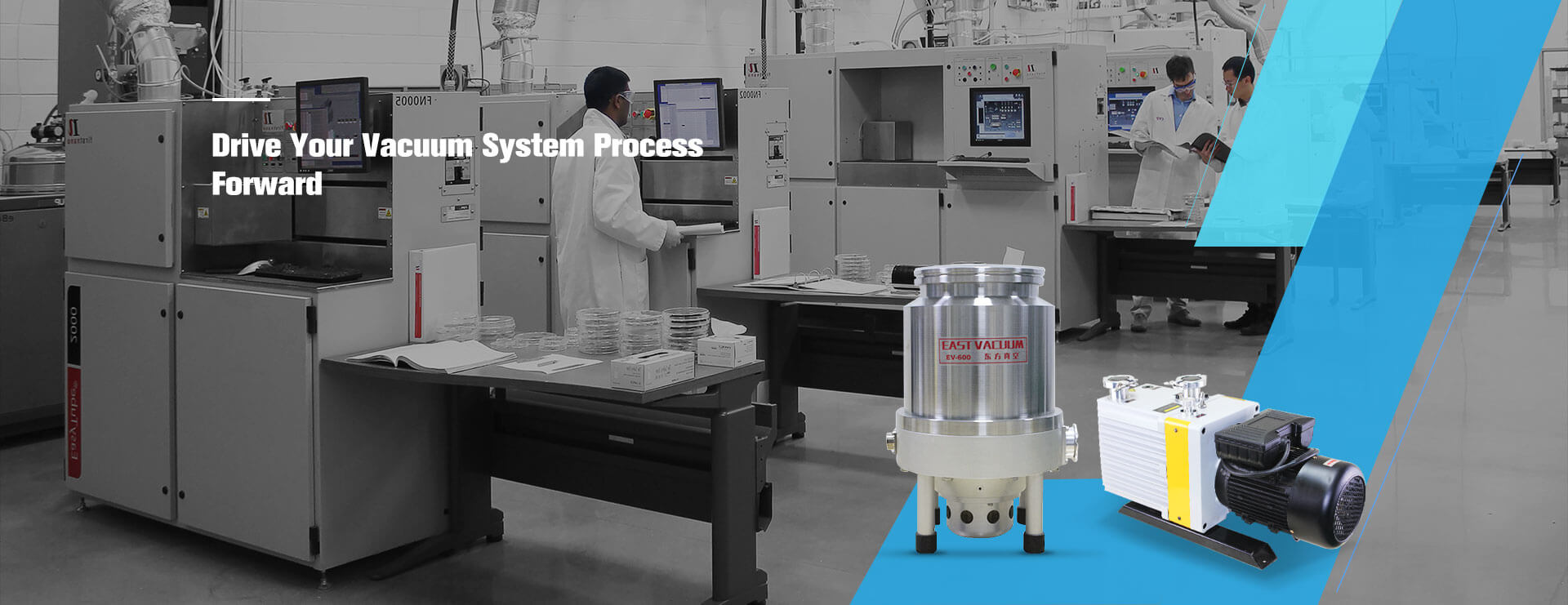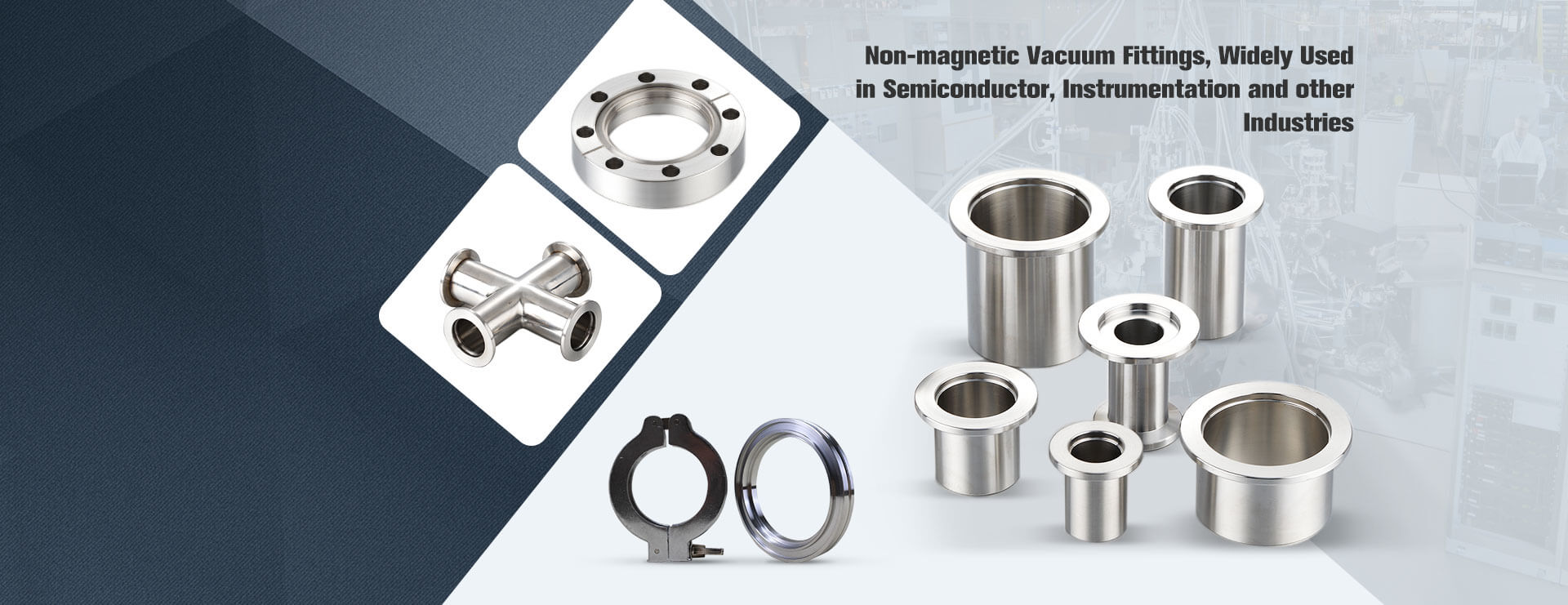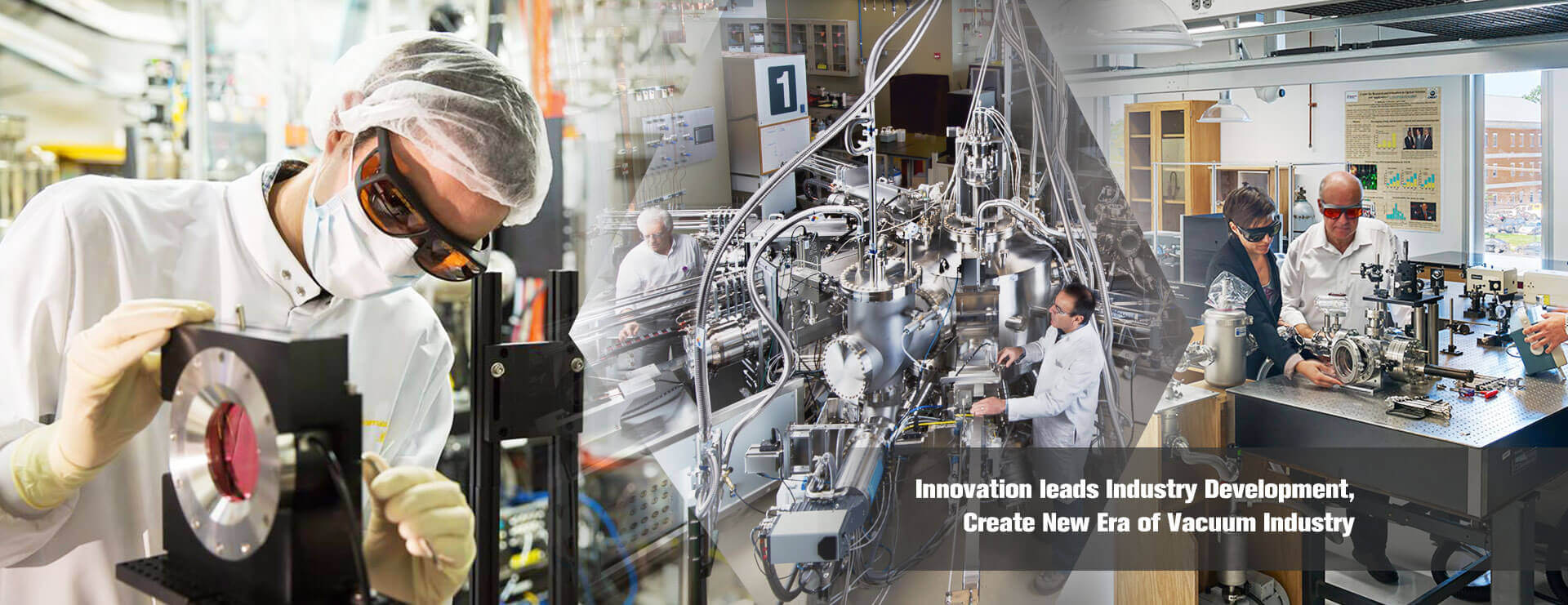In the vast realm of precision machinery and automated control, vane type vacuum pumps play an indispensable role with their unique operating principles and exceptional performance. Today, let us delve deeper into the mechanics of this sophisticated device, revealing the scientific principles and intricate designs that lie behind it.
I. The Ingenious Construction and Design of Vane Type Vacuum Pumps
The vane type vacuum pump, this intricate mechanical marvel, seamlessly integrates core components such as the rotor, vanes, pump body, and end covers. The rotor, serving as the driving force, rotates gracefully within the pump body, akin to a planet orbiting its star. The vanes, like the satellites of these celestial bodies, are cleverly installed within grooves on the rotor, gliding against the inner wall of the pump body under centrifugal force, forming dynamic seals that segregate distinct working spaces.
The design of the pump body is particularly ingenious, with its cylindrical interior maintaining a delicate eccentric distance from the rotor. This arrangement not only provides the necessary space for the vanes to slide but also serves as the cornerstone for the pump’s ability to create and maintain vacuum pressure.
II. The Working Principle: The Art of Vacuum Creation Through Rotation
As the rotor spins, the inner workings of the vane type vacuum pump embark on a mesmerizing display of “vacuum art.” Driven by centrifugal force, the vanes adhere tightly to the inner wall of the pump body, collaborating with the rotor, pump body, and oil distribution plates on both sides to create multiple sealed working chambers. These chambers undergo continuous volume changes as the rotor rotates, mimicking the natural process of inhalation and exhalation.
During the inhalation phase, the chambers gradually expand, creating low-pressure zones that attract surrounding gas molecules like a magnet. Conversely, in the exhalation phase, the chambers rapidly contract, compressing and expelling the inhaled gas from the pump, thereby effectively controlling and maintaining the vacuum level.
III. Remarkable Performance: Stability, Efficiency, and Low Noise
The vane type vacuum pump showcases exceptional performance characteristics thanks to its unique structure and operating principle. Its smooth operation, minimal pressure pulsation, and low noise output set it apart in various application scenarios. Whether it’s a specialized machine tool in mechanical manufacturing or precise control in automated production lines, the vane type vacuum pump delivers stable performance and high efficiency, fulfilling complex process requirements with ease.
Moreover, its compact structure, small footprint, and high flow rate make it an ideal choice for space-constrained environments. Although it demands high-quality oil to ensure optimal lubrication and reduce wear and noise, this requirement underscores the pump’s commitment to longevity and reliability.
IV. A Promising Future: Limitless Possibilities, Boundless Potential
With the relentless advancement of technology and the rapid development of industry, the application prospects for vane type vacuum pumps are increasingly vast. They play pivotal roles in numerous fields, including aerospace, electronics manufacturing, petrochemicals, medical equipment, and more. Their superior performance and broad applicability position them as indispensable equipment in modern industrial settings.
In conclusion, the vane type vacuum pump, with its unique construction and operating principle, exemplifies efficiency, stability, and low noise. As we look towards the future, we have every reason to believe that vane type vacuum pumps will continue to thrive in various sectors, contributing significantly to humanity’s technological progress and industrial growth.
Post time: Aug-19-2024





